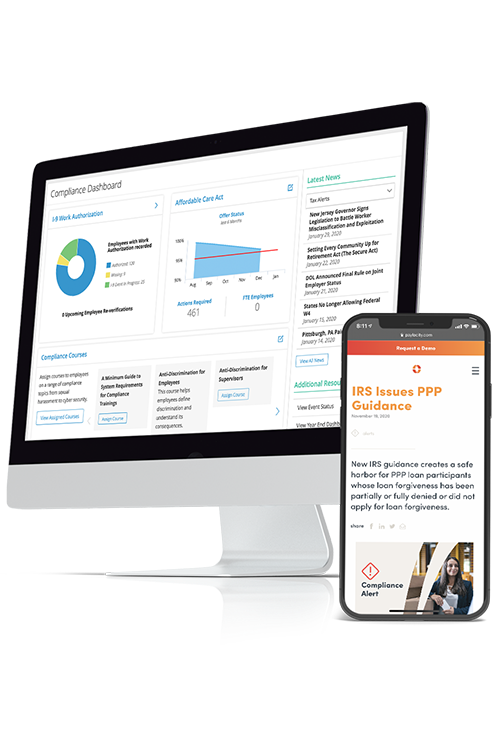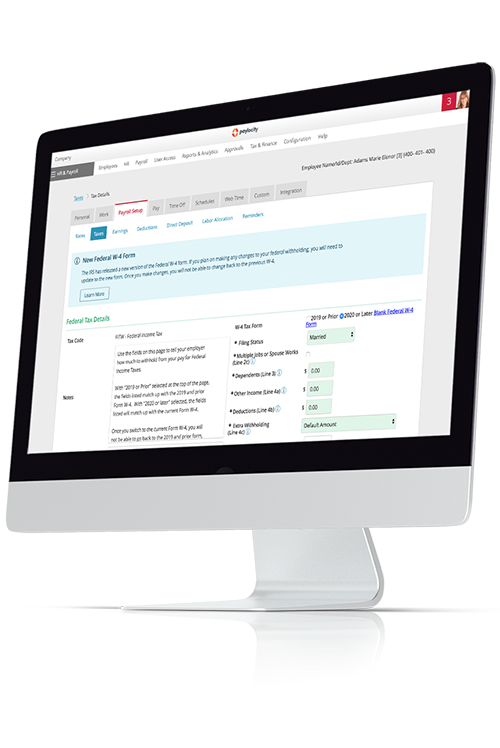What is the One Big Beautiful Bill Act?
The One Big Beautiful Bill Act, signed into law on July 4, 2025, is a sweeping tax and policy overhaul with big implications for employers.
It permanently extends many of the 2017 tax cuts, raises the standard deduction, and introduces new temporary incentives, like deductions for tips and overtime.
The combination of tax relief, targeted business incentives, and social policy shifts means employers must review their compensation, benefits, and workforce development strategies to fully capitalize on opportunities while preparing for potential compliance changes.
For a summary of employer-centric specifics, check out our compliance alert.
How Employers Can Prepare for OBBBA Provisions
1. Evolve Payroll From Basic Processing to Strategic Compliance Engine
OBBBA introduces new tax deductions on qualified tipped wages and overtime premium pay, but claiming those deductions starts with tracking them accurately.
“While the sections of the law containing these new deductions use the term elimination of tax, there are some limitations that apply to the total amount of each deduction an employee is eligible for,” Shoemaker explains. “You can't just go and take everybody's type of payment and turn it into tips. There's a lot of requirements around which occupations they're working in, in addition to those limits.”
Although changes for overtime and tips are in effect for 2025, the IRS will not update W-2 reporting for 2025, but plans to provide guidance on claiming the credit this year. Starting in 2026, the IRS is expected to revise forms W-2 and W-4 to include these changes.
This means payroll systems must now:
- Distinguish between base and premium overtime under Fair Labor Standards Act (FLSA) rules.
- Identify qualified tips paid to employees
- “Qualified” tips and eligible occupations definitions are still pending IRS guidance.
- Report wage deductions that are subject to income phase-outs ($150k individual / $300k joint)
Shoemaker emphasizes that your payroll system must be able to tell the difference between a cash tip and a service charge, or between regular and premium overtime, to properly report these wages.





